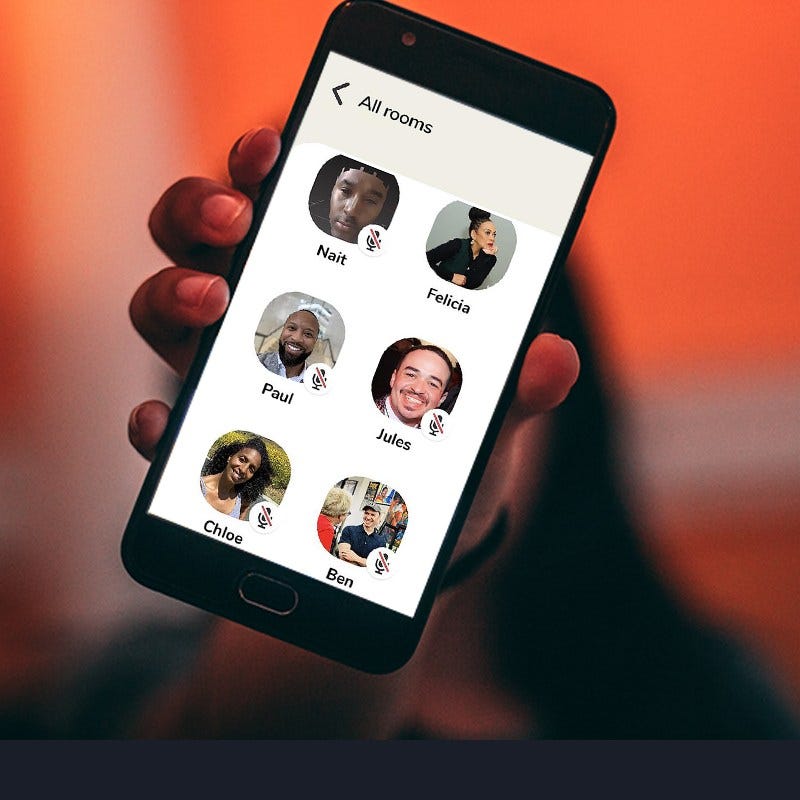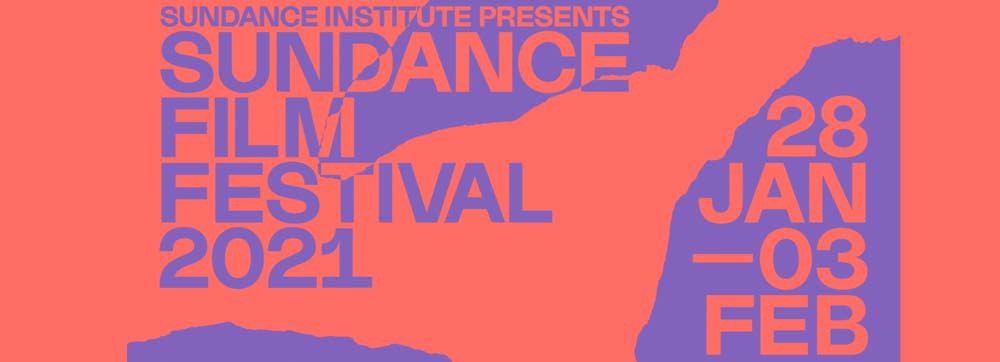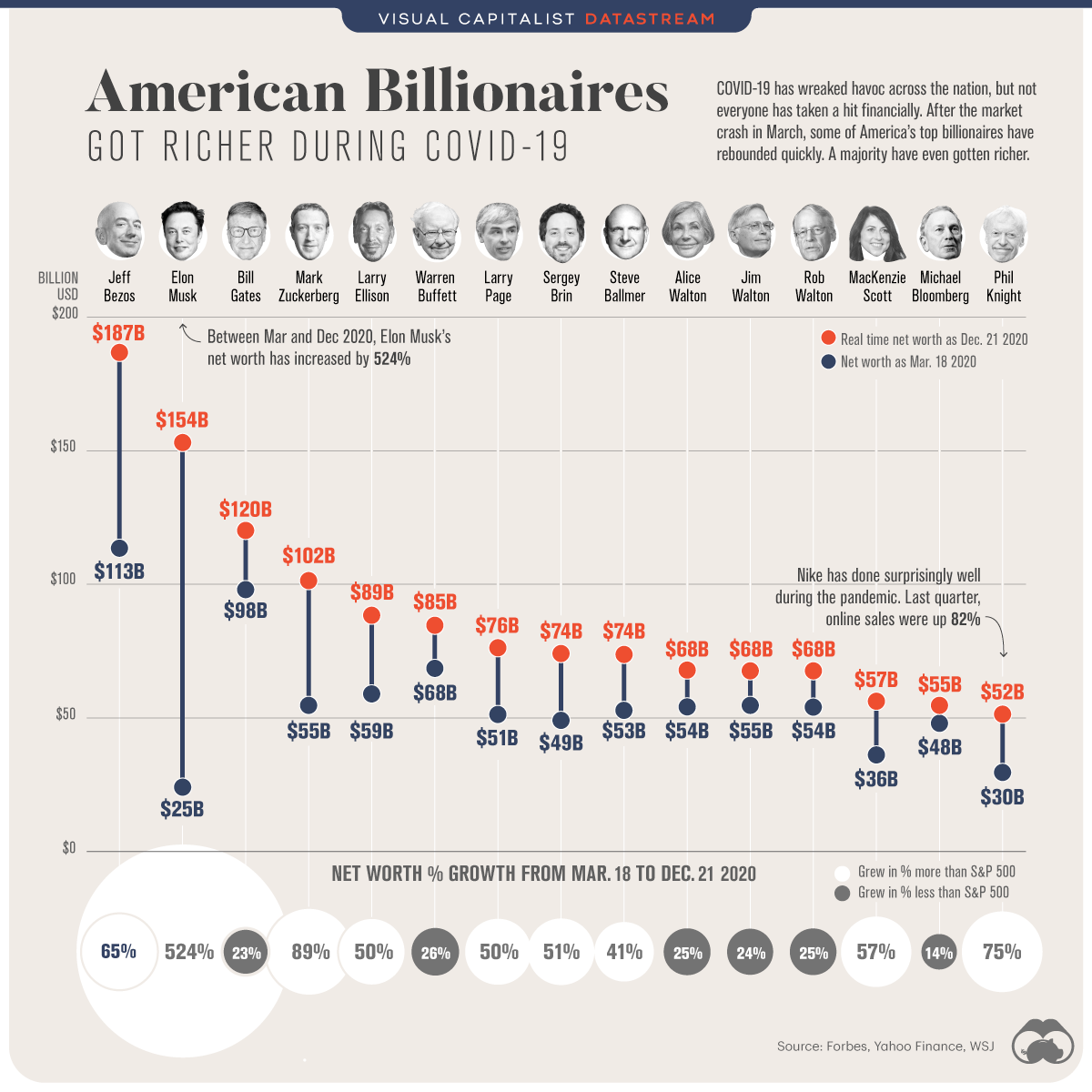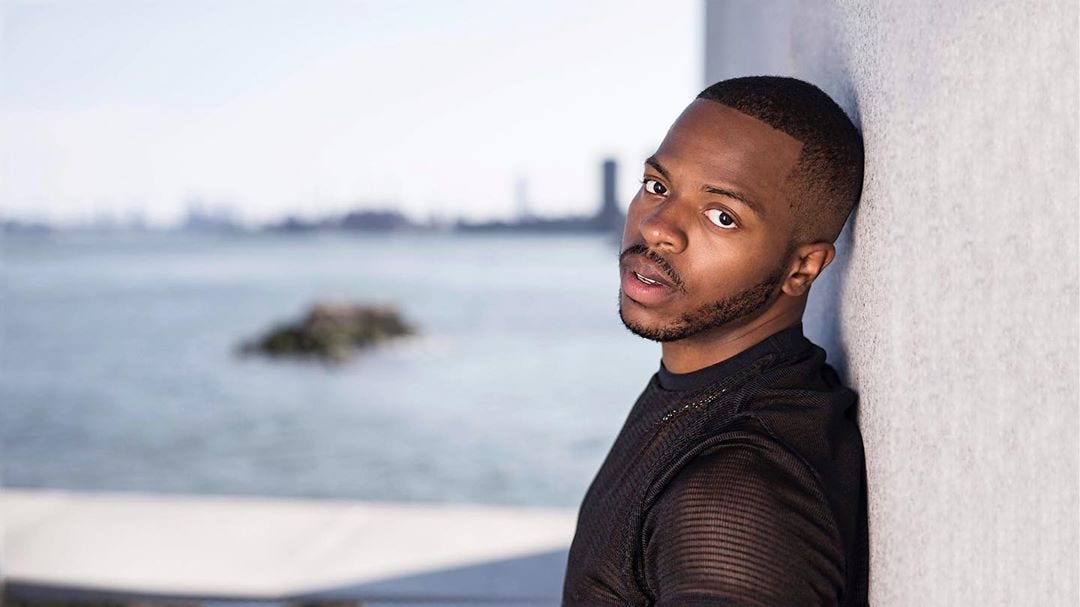Ask Michael: How do I bounce back from creative burnout?
Plus: A new book on life as a digital journalist, how to balance hard work and pleasure and a pair of snakeskin sneakers that unexpectedly found their way into my shopping cart.
Ask Michael is The Supercreator’s weekly Q&A dedicated to minimizing the guesswork, overwhelm and frustration from your creative life.
This week’s reader-submitted question: “A common theme that’s emerged among my creator friends is burnout. Any thoughts on how to bounce back from or avoid it altogether?”
This is a topic I think about a lot in my work because it’s insufficient for creative professionals to just get noticed and paid for the brilliance we bring to the world. We’ve also got to shift the cultural expectation that work is the centerpiece of our identities and reject the myth of the starving artist that contributes to the burnout so many creators experience. When we’re caught up in the swirl, it’s easy to forget that we can choose flow and peace instead of hustle and chaos.
Start by paying yourself to rest. 2020 was the first year I built time off into my business. In years prior, I told myself I could unplug whenever I needed to since I was “the boss.” But I didn’t account for rest when I set the rates and deadlines for my work, it always felt like the “wrong time” to miss a day or week. Then last year I scheduled six weeks of paid time off and observed federal holidays and it was, by most metrics, my best year as an independent creator. I’ve continued the practice this year and expect it to return similar dividends. Trust that your customers and clients would feel terrible if they knew you were pouring from an empty cup and be upfront with them when you’ll be off the grid. And when possible, step away before you start to feel symptoms of burnout.
Another helpful practice is a shutdown ritual, an idea I stole from Cal Newport’s Deep Work. Newport argues that there should be a strict endpoint to our workday and advises that we table all professional concerns until the next business day. “In more detail, this ritual should ensure that every incomplete task, goal or project has been reviewed and that for each you have confirmed that either (1) you have a plan you trust for its completion, or (2) it’s captured in a place where it will be revisited when the time is right. The process should be an algorithm: a series of steps you always conduct, one after another. He even suggests having a phrase that cues to your mind that it’s safe to release work-related thoughts for the day. (Instead of reciting a phrase, I FaceTime my mom to complete my shutdown ritual.)
You may also consider streamlining your creative process or project queue. Last February, I built a custom website and email template to deliver this newsletter and host its archive. And while this gave me valuable control over the branding and design of my work, it also added three or four extra steps to my workflow that pushed me so close to my deadline each day and onto the cusp of an anxiety attack. For a while, I thought I no longer enjoyed producing my newsletter and almost walked away. But what I recognized is that it was my bloated process that had me discouraged. And in this column from a few weeks ago, I suggested prioritizing the 20 percent of ideas that will produce the best results based on your personal and professional vision. For example, if you have a list of five to 10 ideas, choose the best one or two to invest in and go from there. This practice is also a deterrent to burnout.
Finally, I’ll share a recommendation that you’ve seen before if you’re a consistent reader: Take on a hobby if you haven’t already. Research has linked participation in leisure activities to many measures of physical and mental well-being, from reduced blood pressure to a sense of belonging. Many creative professionals I’ve talked with mentioned how their hobbies give them precious opportunities to relax, find satisfaction in completing small, defined projects and gain serendipitous insights that they can incorporate into their creative work — even if they’re not good at the activity. In her book, It’s Great to Suck at Something, author Karen Rinaldi extols the virtues of “really, really [struggling] to do something remarkable, uncelebrated and without much to show for it. And to do that unremarkable thing with love and with hope in your heart. To do it with joy.” And in case no one’s told you: Treat your downtime as sacred as your creative work because one can’t exist without the other.
Have a question about how to make, brand, market and sell with confidence and clarity? Reply to this email or leave a comment below and it may be featured in an upcoming post.
What I Wrote This Week
Clubhouse is the latest example of how capitalism screws Black creators:
Clubhouse is among many social apps and consumer brands with a track record of monetizing Black influence without sharing or returning a meaningful share of the economic value this historically marginalized community generates. In an article by André Wheeler for The Guardian, André Brock, a professor at Georgia Tech, said that Black Twitter, the large network of Black Twitter users and their loosely coordinated interactions, allows “mainstream, white culture an unprecedented glimpse at how [Black] people talk and joke among each other. It was one of the first spaces that white people could see how creative [Black] people are with our discourse, and how we used a technology that wasn’t originally designed for us.” It was also what turned the Popeyes chicken sandwich into a viral campaign that generated an estimated $65 million in earned media for the restaurant chain during a two-week window when the sandwich sold out in August 2019.
Editor’s Note: The newsletter this essay was published in is the most-read in The Supercreator’s year-plus history. I’m so grateful for the warm response. Shoutout to the new readers and subscribers who discovered The Supercreator after reading it. We’re glad you’re here!
[Acquiring newsletter platform Revue] is by far the smartest move Twitter has made in recent memory. For starters, Twitter is the preferred social app for writers and journalists. It’s also where readers discover new writers. (Substack acknowledged as much when it announced a new feature last September that notifies you when someone you follow on Twitter writes a newsletter or starts a publication in the future if they’ve connected their Twitter account.) The acquisition is a bet on long-form writing, a genre that’s proving to be a valuable flip side to the surplus of pithy newsletters that rely on curation rather than original reporting and analysis. And as regulators smother ad-supported tech companies with antitrust suits and Apple and Google reset the rules of engagement for digital advertising with explicit and explicit disclosure requirements on use of personal data and limits on cookie-based ad targeting, it makes sense for Twitter and media organizations to turn to subscription media. Plus, the acquisition compounds two of Substack’s core weaknesses: Discovery and cost. Substack, which provides the technology that hosts The Supercreator, answered calls from writers for the platform to make it easier for readers to find and subscribe to them with a revamped home page and new RSS reader. But it’s still a work in progress and Substack collects a ten-percent fee on all paid subscriptions that could turn top writers off once they realize how much money they could save by exporting their email lists and archives to another more economical platform. (A spokesperson for Substack declined to comment when asked if Revue by Twitter would have an impact on its short- or long-term roadmap.)
Sundance Film Festival may actually be cool this year:
The virtual format of this year’s Sundance festival has a chance to be really cool. These events are known for their exclusivity. But the digital format, which offers an alternative to the headache of scoring an affordable place to stay during Salt Lake City’s busiest weekend or securing tickets to the most anticipated premieres, invites a new generation of creators to discover new films and filmmakers and be inspired to tell their stories too. “Festivals have the ability to let people be something more than just mere spectators of the films by involving them in [the] making of the event as well [as] offering a chance to connect through sharing a unique experience,” Mia Vainikainen, Executive Director of the Espoo Ciné International Film Festival in Finland said to Screen International , the essential resource for the international film industry in 2016. “Films can cross borders by their themes and have an important role in widening the range and selection of films on silver screens. And God knows we need it: Even though film roles were more accessible for women and people of color in 2018 and 2019, underrepresentation remains for writers and execs .
For all access to these and future essays on the intersection of creativity and the new economy, subscribe to The Supercreator. Already a subscriber? Log in to your account.
Thoughts and Things
The case for a one-time wealth tax on the tech executives who’ve added billions to their fortunes during the pandemic.
I wish I had this book when I was a fashion editor to let me know I wasn’t as alone as I sometimes felt.
According to African American studies scholar Carol Anderson, white rage isn’t going anywhere because our policies reinforce it.
Meet the perfect apron to help me look like the home-cook extraordinaire I think I am.
Which kind of happy person are you?
I’m not really a high-top Converse kinda guy, but these snakeskin Chucks are speaking to my spirit.
In Case You Missed It
I screwed up the settings on last week’s newsletter, which means most of you didn’t receive it. It also means may have missed the case study my friends at On Deck published on my experience as an inaugural fellow in their eight-week writing accelerator for bloggers and newsletter authors. Read the case study to discover why I applied to ODW, how it has impacted my life, and what I got from the program that I wasn’t expecting. Then check out all the ways On Deck can support your creative work, including fellowships for founders, podcasters, designers, community builders and more.
From The Archive
I’m obsessed with Nia Dennis, the UCLA gymnast who went viral yet again last weekend after another incredible floor performance — titled “The Culture” — that samples music from Missy Elliot, Kendrick Lamar, Soulja Boy, Monica and Tupac. Caroline Kitchener at The Washington Post spoke with Nia this week to about what it’s like to “be a Black gymnast in a very white sport” and her experience made me think of Antuan Byers, a dancer at the Metropolitan Opera dancer and founder of Black Dance Change Makers, who shared similar feelings when I profiled him last fall. ”How Antuan Byers found perfect timing in the pandemic” (published 10/19/20):
Another challenge: Many of the cultural dance styles that Black dancers grow up training in or participating in outside of the studio are unappreciated within in the industry. “For instance, more cultural dances, such as African dance, aren’t as appreciated as much in this field as ballet or contemporary or modern,” Byers said. “And what that tells us is you can have a dancer that is trained in ballet, West African, modern, jazz, all of these things since they were two years old and then you can have a student who just trained in a really prestigious ballet school since they were two years old. Both of those dancers have danced their whole lives. Both of those dancers have the same amount of training.” But Byers told me that only one of those dancers’ work would be considered legitimate. “We have to work ten times as hard to prove to someone else that we’re good at their thing before they can even imagine us being good at our thing and appreciate us for that.”
FYI: Subscribers enjoy on-demand access to the full archive of posts featuring original reporting, rich storytelling and smart product recommendations.
One More Thing
ABC let Shonda Rhimes walk away over a $154 ticket to Disneyland. Now she’s the creator of Netflix’s most-watched original series ever. It’s a rich reminder to always go where the love is.









